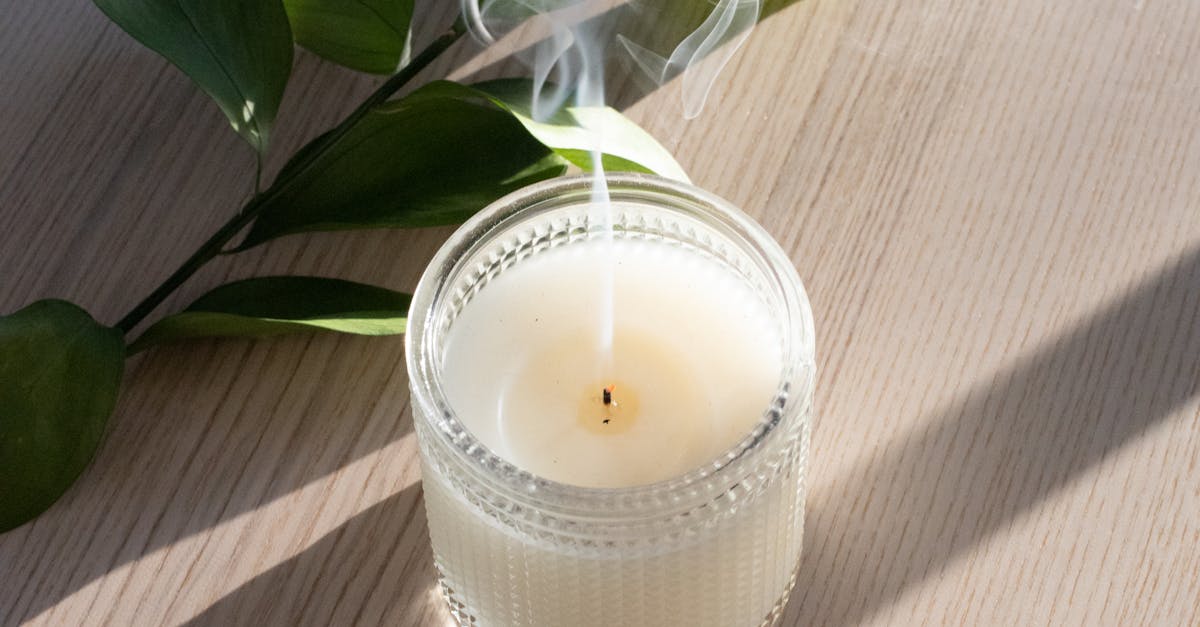Seasonal Care for Air Plants: A Guide to Keeping Your Plants Healthy All Year Round

Do you have air plants and wondering how to care for them during different seasons? Air plants are a great addition to any home, and they’re relatively easy to care for. However, there are some things you need to do to make sure your air plants stay healthy and happy all year round. In this article, we’ll give you some tips on how to implement seasonal care changes for air plants.
Air plants are native to tropical and subtropical regions, so they’re used to warm, humid conditions. However, they can also adapt to living in other climates, as long as you provide them with the right care. One of the most important things to keep in mind when caring for air plants is that they need bright, indirect light. They also need to be watered regularly, but not too much. Overwatering can lead to root rot, which can kill your air plant.
The amount of water and light your air plant needs will vary depending on the season. In the summer, when the days are longer and the sun is stronger, your air plant will need more water and light. In the winter, when the days are shorter and the sun is weaker, your air plant will need less water and light.
1. Understanding the Needs of Air Plants
Air plants are native to tropical and subtropical regions, so they’re used to warm, humid conditions. They have a unique ability to absorb nutrients and moisture from the air through their leaves, which means they don’t need to be planted in soil. However, they do need to be watered regularly, and they need bright, indirect light.
The amount of water and light your air plant needs will vary depending on the season. In the summer, when the days are longer and the sun is stronger, your air plant will need more water and light. You can water your air plant once or twice a week, and you can give it a little more light by placing it in a brighter spot.
In the winter, when the days are shorter and the sun is weaker, your air plant will need less water and light. You can water your air plant once every two or three weeks, and you can give it less light by placing it in a shadier spot.
It’s also important to keep in mind that air plants are sensitive to cold temperatures. If the temperature drops below 50 degrees Fahrenheit, you should bring your air plant indoors. You can place it in a warm spot, such as a bathroom or kitchen, and you can continue to water it and give it light as usual.
2. Adjusting Watering Frequency

Watering is crucial for air plants, but the frequency with which you water them will vary depending on the season. In the summer, when the days are longer and the sun is stronger, your air plant will need more water. You can water your air plant once or twice a week, or even more often if it’s hot and dry.
In the winter, when the days are shorter and the sun is weaker, your air plant will need less water. You can water your air plant once every two or three weeks, or even less often if it’s cool and humid.
Here are some tips for determining the ideal watering interval for your air plant:
- Check the leaves of your air plant. If the leaves are starting to curl or turn brown, it’s a sign that your air plant needs more water.
- Feel the base of your air plant. If the base is dry to the touch, it’s time to water your air plant.
- Consider the humidity in your home. If your home is humid, your air plant will need less water. If your home is dry, your air plant will need more water.
It’s also important to water your air plant at the right time of day. The best time to water air plants is in the morning, so that the leaves have time to dry out before nightfall. Watering your air plant at night can lead to root rot.
3. Optimizing Light Exposure
Air plants require bright, indirect light, but the intensity and duration of light will vary throughout the seasons. In the summer, when the days are longer and the sun is stronger, your air plant will need more light. You can place your air plant in a bright spot near a window, but make sure to avoid direct sunlight, as this can scorch the leaves.
In the winter, when the days are shorter and the sun is weaker, your air plant will need less light. You can place your air plant in a shadier spot, or you can supplement the natural light with artificial light.
Here are some tips for optimizing light exposure for your air plant:
- Choose a spot for your air plant that receives bright, indirect light for most of the day.
- Avoid placing your air plant in direct sunlight, as this can scorch the leaves.
- If you live in a climate with low light levels, you can supplement the natural light with artificial light. Use a grow light or a fluorescent light bulb that emits bright, indirect light.
- Keep your air plant clean of dust and debris, as this can block the light from reaching the leaves.
By following these tips, you can provide your air plant with the light it needs to stay healthy and happy all year round.
4. Maintaining Ideal Temperature and Humidity
Temperature and humidity play a significant role in air plant health. The ideal temperature range for air plants is between 50 and 85 degrees Fahrenheit. The ideal humidity range for air plants is between 40 and 60%.
If the temperature or humidity is too low, your air plant will start to suffer. The leaves may start to curl or turn brown, and the plant may stop growing. If the temperature or humidity is too high, your air plant may also start to suffer. The leaves may become mushy or moldy, and the plant may rot.
Here are some tips for maintaining ideal temperature and humidity for your air plant:
- Use a thermometer and hygrometer to monitor the temperature and humidity in your home.
- If the temperature is too low, you can use a space heater to warm up the room.
- If the humidity is too low, you can use a humidifier to add moisture to the air.
- You can also place your air plant in a terrarium to create a more humid environment.
By following these tips, you can help your air plant stay healthy and happy all year round.
5. Additional Care Tips for Each Season
Air plants have different needs depending on the season. Here are some specific care tips for each season:
Summer:
- Water your air plant more frequently, especially if it is hot and dry.
- Give your air plant more light, but avoid direct sunlight.
- If you live in a climate with high humidity, you may need to mist your air plant more often.
Fall:
- Reduce the frequency of watering as the days get shorter and the air becomes cooler.
- Continue to give your air plant bright, indirect light.
- If you live in a climate with low humidity, you may need to use a humidifier to keep the air moist.
Winter:
- Water your air plant less frequently, as it will not be actively growing.
- Give your air plant less light, but avoid placing it in complete darkness.
- If you live in a climate with cold winters, you may need to bring your air plant indoors.
Spring:
- Start to increase the frequency of watering as the days get longer and the air becomes warmer.
- Give your air plant more light, but avoid direct sunlight.
- If you live in a climate with low humidity, you may need to use a humidifier to keep the air moist.
By following these tips, you can help your air plant stay healthy and happy all year round.
Quiz
- True or False: Air plants are native to tropical and subtropical regions.
- Multiple Choice: What is the ideal temperature range for air plants? (a) 30-40 degrees Fahrenheit (b) 50-85 degrees Fahrenheit (c) 90-100 degrees Fahrenheit
- True or False: Air plants need more light in the winter than in the summer.
- Multiple Choice: What is the best time of day to water air plants? (a) Morning (b) Afternoon (c) Evening
- True or False: Air plants can get all the nutrients they need from the air.
Answer Key
- True
- (b) 50-85 degrees Fahrenheit
- False
- (a) Morning
- True
Answer Key
- True
- (b) 50-85 degrees Fahrenheit
- False
- (a) Morning
- True
